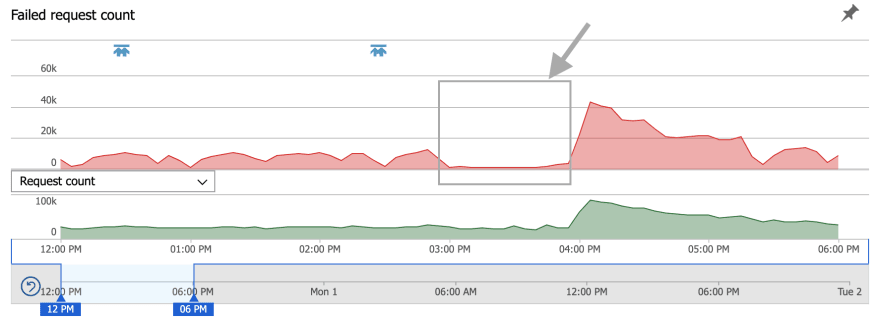

- #Postgres on update cascade how to
- #Postgres on update cascade license
- #Postgres on update cascade plus
#Postgres on update cascade plus
n_distinct affects the statistics for the table itself, while n_distinct_inherited affects the statistics gathered for the table plus its inheritance children. Create a composite non-clustered primary key. This time, specifying those ON DELETE CASCADE ON UPDATE. Currently, the only defined per-attribute options are n_distinct and n_distinct_inherited, which override the number-of-distinct-values estimates made by subsequent ANALYZE operations. For example, a cascading constraint may have CASCADE for UPDATE, but NO ACTION for DELETE. Next, we can reuse that same FOREIGN KEY constraint name again, in a follow-up ALTER TABLE command.

This form sets or resets per-attribute options. SET STATISTICS acquires a SHARE UPDATE EXCLUSIVE lock. For more information on the use of statistics by the PostgreSQL query planner, refer to Section 14.2. The target can be set in the range 0 to 10000 alternatively, set it to -1 to revert to using the system default statistics target ( default_statistics_target). This form sets the per-column statistics-gathering target for subsequent ANALYZE operations.
#Postgres on update cascade how to
From the > documentation on about ALTER TABLE it's not at > all clear how to do this or even whether you can do this. sequence_option is an option supported by ALTER SEQUENCE such as INCREMENT BY. On Wed, at 11:32:32AM -0500, Aram Fingal wrote: > I have a table where I should have declared a foreign key with ON > UPDATE CASCADE and didn't. These forms alter the sequence that underlies an existing identity column. If DROP IDENTITY IF EXISTS is specified and the column is not an identity column, no error is thrown. Like SET DEFAULT, these forms only affect the behavior of subsequent INSERT and UPDATE commands they do not cause rows already in the table to change. These forms change whether a column is an identity column or change the generation attribute of an existing identity column. RENAME CONSTRAINT constraint_name TO new_constraint_nameĪLTER TABLE ALL IN TABLESPACE name ]ĪTTACH PARTITION partition_name AS IDENTITY Without the ON UPDATE CASCADE ON DELETE CASCADE, it would mean you couldnt delete from a and get automatic deletion from b, in fact it just wont let you. This can be useful for maintaining the integrity of the database, but it should be used carefully to avoid unintended consequences.ALTER TABLE name In summary, the “delete cascade” behavior in Postgres allows for the automatic deletion of child records when their parent is deleted. In many cases, it may be better to simply disallow the deletion of parent records if they have any associated child records, using a “restrict” or “no action” clause instead of a “cascade” clause.

To avoid this situation, it is a good idea to use the “delete cascade” behavior only when it is strictly necessary. Use this power carefullyĬascading deletes make it easy to accidentally delete a whole lot of data by mistake when you only intended to delete a single record. Note that this behavior only applies when the parent record is deleted if a child record is deleted directly, the parent record will not be affected.
#Postgres on update cascade license
Power Automate: Microsoft 365 or Dynamics 365 license with Power Automate capabilities or a Power Automate license. A Measure or Action created in Cascade that you want to update with the information from your database. This will ensure that whenever a record in table B is deleted, any corresponding records in table A will also be deleted automatically. Cascade: An ‘Enterprise’ tier account to access Power Automate connections. Yum.Įxpand your database knowledge with our technical blog.ĪLTER TABLE A ADD FOREIGN KEY ( col_a ) REFERENCES B ( col_b ) ON DELETE CASCADE The following SQL statement deletes the customer Alfreds Futterkiste from the. Learn how to use Beekeeper Studio with bite-sized articles. The DELETE command is used to delete existing records in a table. See a list of everything Beekeeper Studio has to offer

Work across multiple devices, or share your connections and queries with others. Quickly iterate on a SQL query, view and visualize results, and share with a colleague.Ī spreadsheet like interface to view, navigate, search, and edit your data.Īn easy to use no-code interface to create and alter tables, indexes, foreign keys, and more. Using the ON DELETE CASCADE Behavior in Postgres to Maintain Database Integrity | Beekeeper Studio Beekeeper Studio menuĮxperience a truly modern SQL editor that really sweats the details.


 0 kommentar(er)
0 kommentar(er)
